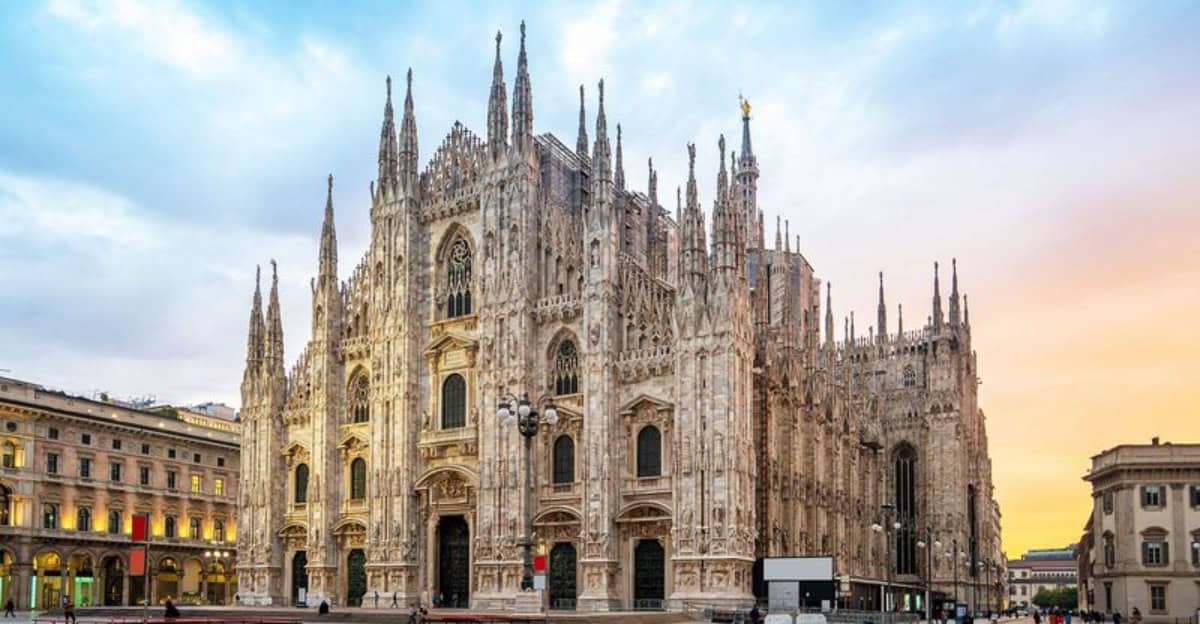Explore the architectural grandeur and historical significance of the world’s most awe-inspiring cathedrals. These majestic structures not only represent remarkable artistic achievements but also serve as spiritual havens for countless visitors.
From Europe to the Americas, each cathedral tells a unique story of culture, devotion, and innovation.
Join us as we journey through these 10 stunning cathedrals that captivate the hearts and imaginations of travelers worldwide.
1. Notre-Dame Cathedral, Paris
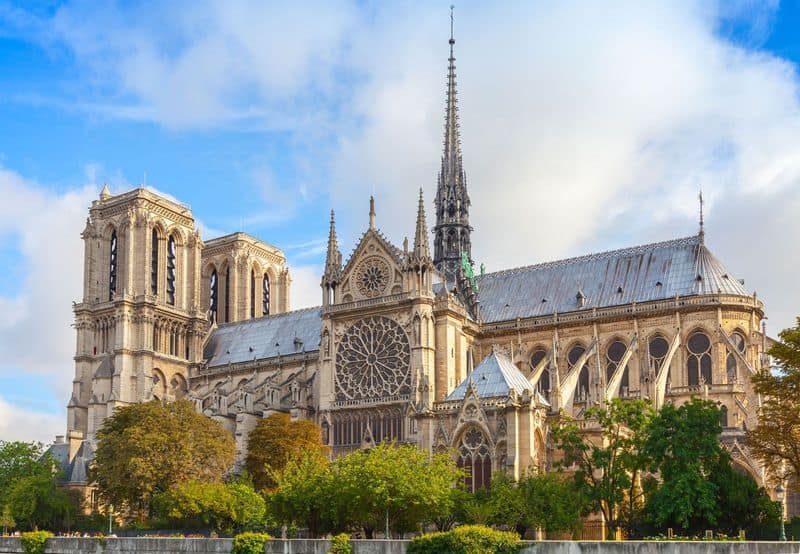
Notre-Dame Cathedral in Paris stands as a masterpiece of French Gothic architecture. Its iconic flying buttresses and intricate façade draw millions of visitors each year. This renowned cathedral has survived centuries, withstanding wars and revolutions, embodying resilience and faith.
Inside, the stunning rose windows cast colorful lights across the nave, creating a serene and ethereal atmosphere. Centuries-old carvings and sculptures adorn the walls, telling biblical stories and celebrating saints.
Situated on the Île de la Cité, Notre-Dame is not just a church—it’s a symbol of Parisian heritage and a testament to artistic legacy.
2. St. Peter’s Basilica, Vatican City
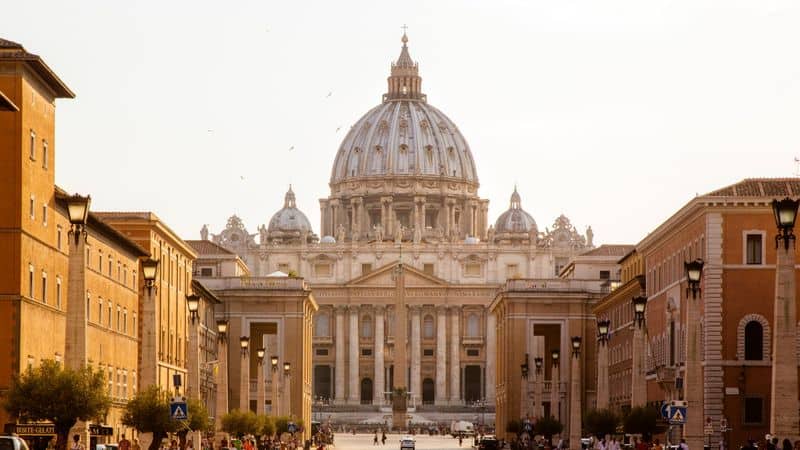
St. Peter’s Basilica in Vatican City is an architectural marvel and a spiritual epicenter for Catholics worldwide. Designed by renowned artists like Michelangelo, its grandeur is unmatched. Visitors are greeted by the imposing dome, which dominates the skyline of Rome.
The basilica is adorned with priceless art, including Michelangelo’s Pietà and the stunning Baldacchino by Bernini. The vast interior exudes opulence and reverence.
As one of the largest churches on earth, St. Peter’s Basilica is not only a pilgrimage site but also a beacon of Renaissance architecture.
3. Sagrada Família, Barcelona
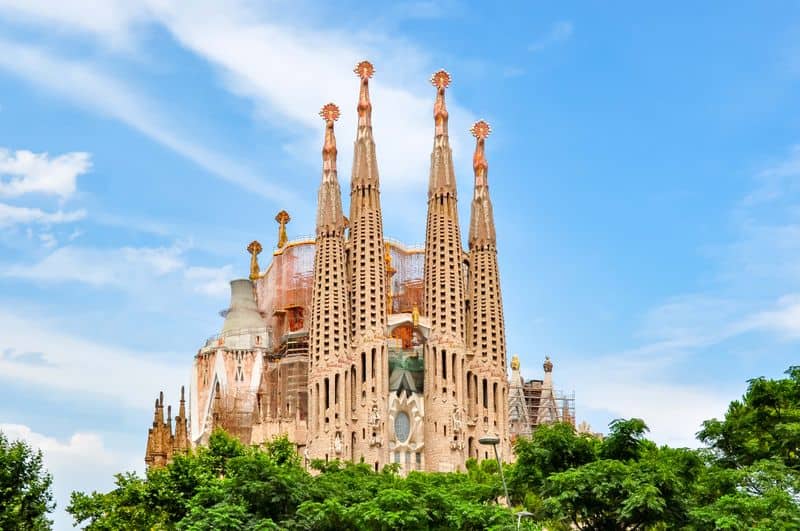
The Sagrada Família in Barcelona is a symphony of architecture and art, still under construction more than a century after its inception. Designed by Antoni Gaudí, it combines Gothic and Art Nouveau styles.
The basilica’s intricate facades depict the life of Christ, an artistic narrative in stone. The columns and stained glass windows mesmerize visitors with a kaleidoscope of colors and forms.
Each visit offers a new perspective, as ongoing work continues Gaudí’s visionary masterpiece, embodying innovation and creativity that keeps evolving with time.
4. St. Basil’s Cathedral, Moscow
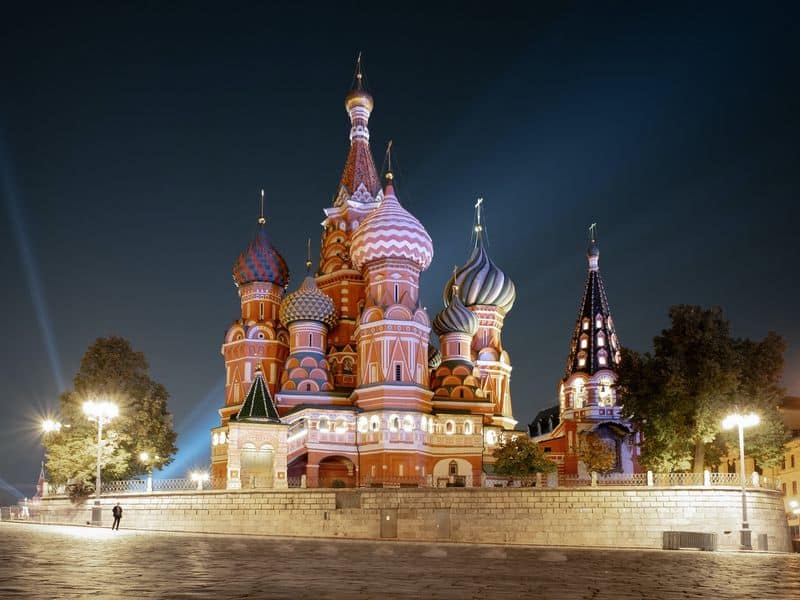
St. Basil’s Cathedral, with its vibrant onion domes, is an iconic symbol of Russia. Located in Moscow’s Red Square, its architecture is as unique as it is breathtaking.
Commissioned by Ivan the Terrible, the cathedral’s design represents a bonfire’s flames, a striking visual for its time. Each dome has a distinct pattern and color, a feast for the eyes.
Inside, the labyrinth of chapels and corridors tells stories of Russia’s complex past. St. Basil’s is not just a church; it’s a cultural treasure and a testament to Russian history.
5. Milan Cathedral, Milan
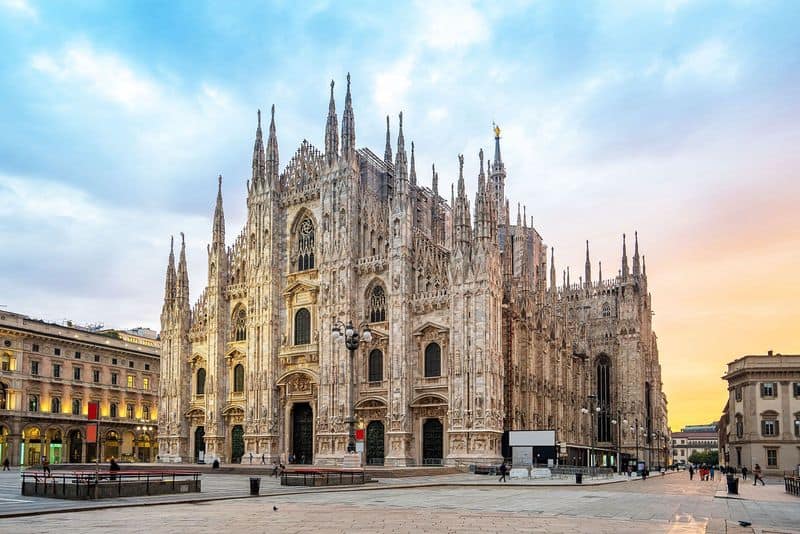
Milan Cathedral, or the Duomo, is a striking example of Gothic architecture that took nearly six centuries to complete. Its façade is adorned with thousands of statues and intricate carvings.
Visitors can ascend to the rooftop for a panoramic view of Milan, surrounded by a forest of spires. The cathedral houses numerous artworks and relics, adding to its spiritual and cultural importance.
The Duomo’s grandeur is matched by its history, reflecting the dedication of countless artisans. It stands as a beacon of Milan’s artistic and religious heritage.
6. Chartres Cathedral, Chartres
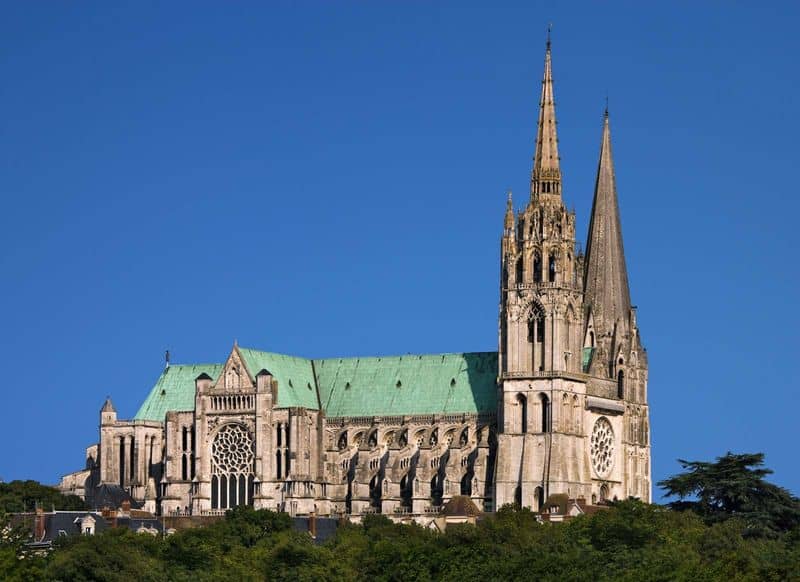
Chartres Cathedral is a masterpiece of French Gothic architecture and a UNESCO World Heritage site. Its twin spires and detailed façade draw visitors from around the world.
Famous for its medieval stained glass windows, Chartres offers a glimpse into the past with vivid colors and storytelling. Each window tells a unique tale, capturing biblical scenes and daily life.
The labyrinth on the cathedral floor invites contemplation and reflection.
7. Westminster Abbey, London
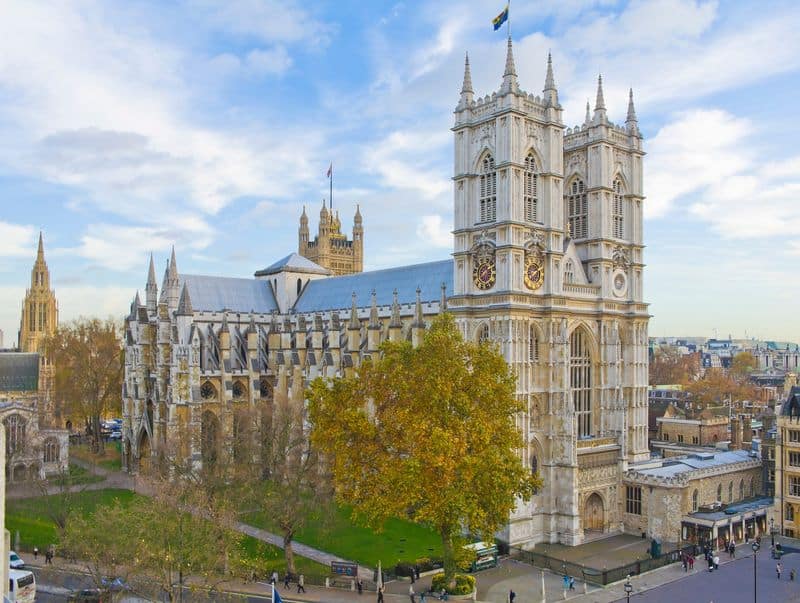
Westminster Abbey, steeped in history, is an iconic symbol of London. Its Gothic architecture has witnessed coronations, weddings, and funerals of British royalty.
The abbey houses the tombs of famous figures like Sir Isaac Newton and Charles Darwin, linking science and faith. Visitors marvel at the intricate carvings and the stunning fan-vaulted ceiling.
As a living church, it continues to play a vital role in British ceremonial and cultural life. It is a place of ongoing significance and endless inspiration.
8. Santa Maria del Fiore, Florence
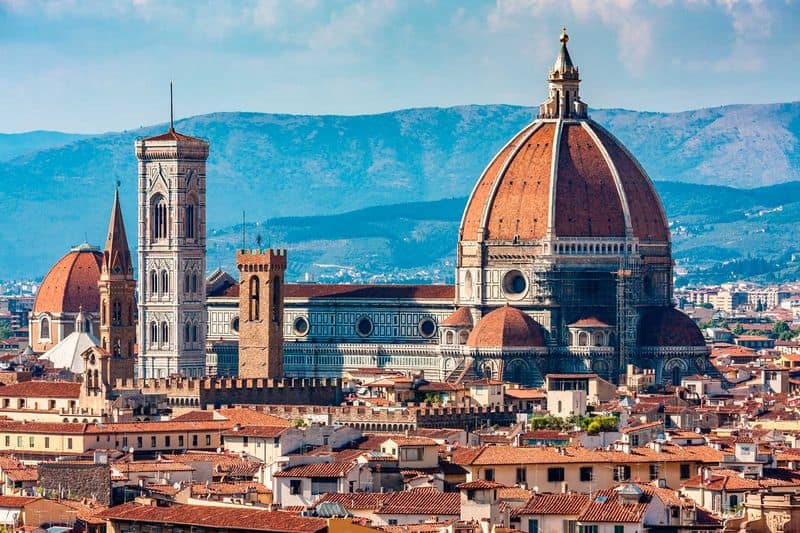
Santa Maria del Fiore, known as the Duomo of Florence, is a Renaissance masterpiece. Its iconic red-tiled dome, engineered by Brunelleschi, dominates the Florence skyline.
The cathedral’s façade is a work of art, adorned with marble panels in shades of green, pink, and white. Inside, frescoes and mosaics tell stories of faith and artistry.
Climbing to the top of the dome offers breathtaking views of the city and surrounding Tuscan hills. The Duomo is a symbol of Florence’s rich history and its pivotal role in the Renaissance.
9. Cologne Cathedral, Cologne
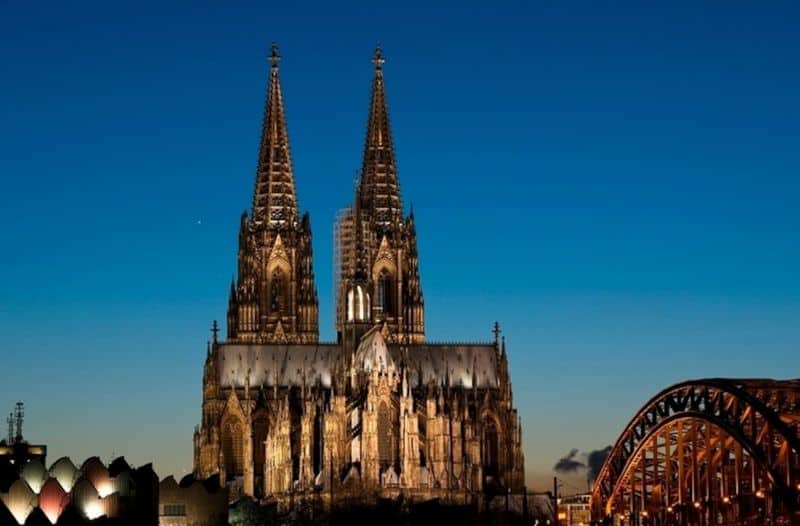
Cologne Cathedral is a triumph of Gothic architecture, with twin spires that pierce the sky. This UNESCO World Heritage site took over six centuries to complete.
Inside, the cathedral is home to the Shrine of the Three Kings, a gilded sarcophagus said to hold relics of the Magi. The stunning stained glass windows add to its ethereal beauty.
The cathedral’s resilience through wars and its cultural significance make it a symbol of perseverance and faith. Cologne Cathedral remains a beacon of architectural brilliance and spiritual devotion.
10. Hagia Sophia, Istanbul
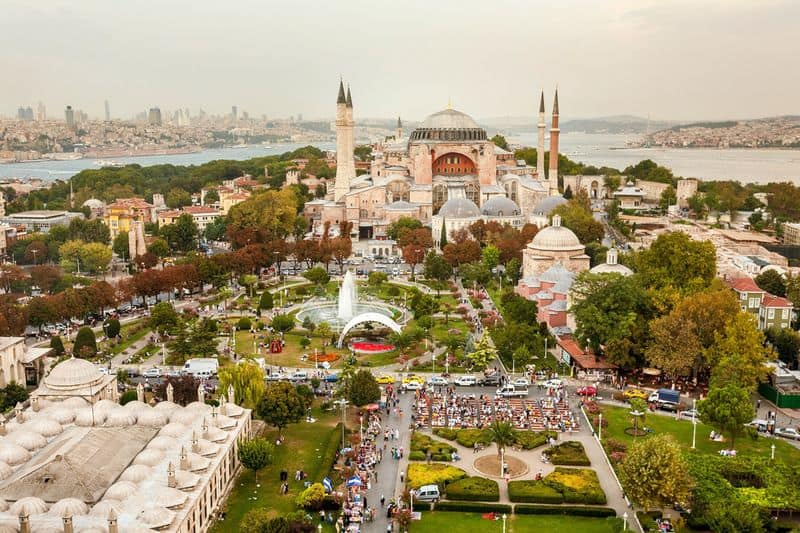
Hagia Sophia in Istanbul is a marvel of Byzantine architecture, having served as a cathedral, mosque, and now a museum. Its massive dome and intricate mosaics captivate all who enter.
Originally built as a cathedral in the 6th century, its history reflects the city’s diverse cultural heritage. The central nave is illuminated by windows that create an ethereal glow.
Hagia Sophia’s rich tapestry of history and art symbolizes the confluence of cultures and religions. It stands as a testament to the enduring legacy of human ingenuity and spiritual aspiration.

